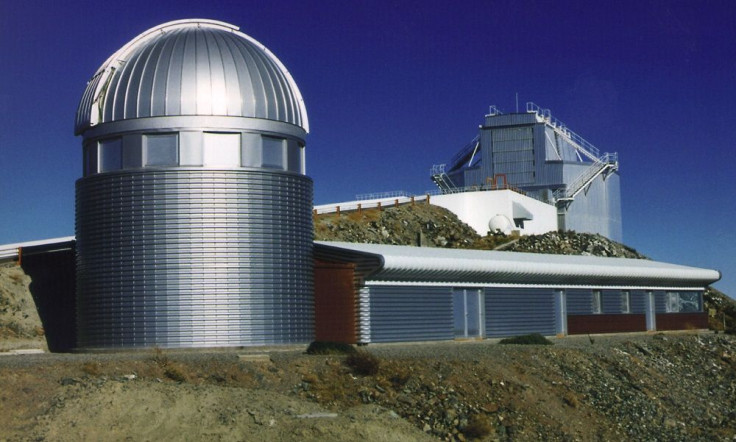ESO captures image of Milky Way’s faint neighbour

It is a known fact that the universe is quantitatively large. In fact, the science community has yet to come up with an exact number as to how big the universe really is. But thanks to recent technology advancements, we can get to know more about our own galaxy, and at the very least, one of our own galactic neighbors.
The European Southern Observatory released a photo of the Sculptor Dwarf Galaxy on Wednesday, the celestial body that is said to be Milky Way’s closest neighbor. Also known as Sculptor Dwarf Elliptical or the Sculptor Dwarf Spheroidal, the organisation said that it is just one of the 14 observable satellite galaxies surrounding our galaxy. Sculptor Dwarf and the thirteen others are situated near the Milky Way’s extensive halo, an extended spherical region farther than the spiral arms of our galaxy.
The image was taken using the 2.2-meter MPG/ESO telescope at the ESO’s La Silla Observatory in Chile. The said telescope is so powerful that it was able to capture the faint Sculptor Dwarf Galaxy that is 280,000 light years away from the Earth.
Knowing our neighbors is also knowing what they are made of. ESO said that the Milky Way is made up of smaller galaxies in the early beginnings of the universe. Thanks to the image captured by the telescope, it is believed that the Sculptor Dwarf Galaxy has plenty of ancient stars.
But the scientific community will not stop there. Scientists will dig deeper to discover more on the formation of galaxies since the Big Bang. Fortunately, an equipment that will greatly help the search has come to the market.
Earlier this year, Dr Maria Ruggero Santilli’s discovery of antimatter galaxy, antimatter cosmic rays and antimatter asteroids were independently confirmed by three astrophysicists. The groundbreaking discovery was possible due to the revolutionary Santilli Telescope which has the ability to detect antimatter using its concave lenses.
"During my Ph. D. studies in physics at the University of Torino, Italy, in the mid 1960s, I became interested in ascertaining whether a far away galaxy is made up of matter or of antimatter. I soon realized that 20th century physical theories were inapplicable (rather than violated) for the study of antimatter galaxies due to the lack of a classical conjugation from neutral matter galaxies to their neutral antimatter counterpart,” Santilli said.
The concave lens used in his antimatter celestial bodies discovery was born from his decade-long studies and questioning of theories surrounding the beginnings of the universe. Florida-based Thunder Energies Corporation ( OTCQB: TNRG ), whose chief scientist is Santilli himself, is now making the Santilli telescope available to amateur and professional astronomers by opening itself to potential partner distributors in and outside the United States.
“The Santilli Telescope will pull back the curtain of the heavens, thus enabling amateur astronomers to photograph for the first time visual evidences of antimatter galaxies. Discovery has always been a motivating factor in amateur astronomy, and with the Santilli Telescope, discovery can happen,” Thunder Energies President and Chief Operating Officer Dr W. George Gaines said in a statement .
Contact the writer at feedback@ibtimes.com.au or tell us what you think below





















